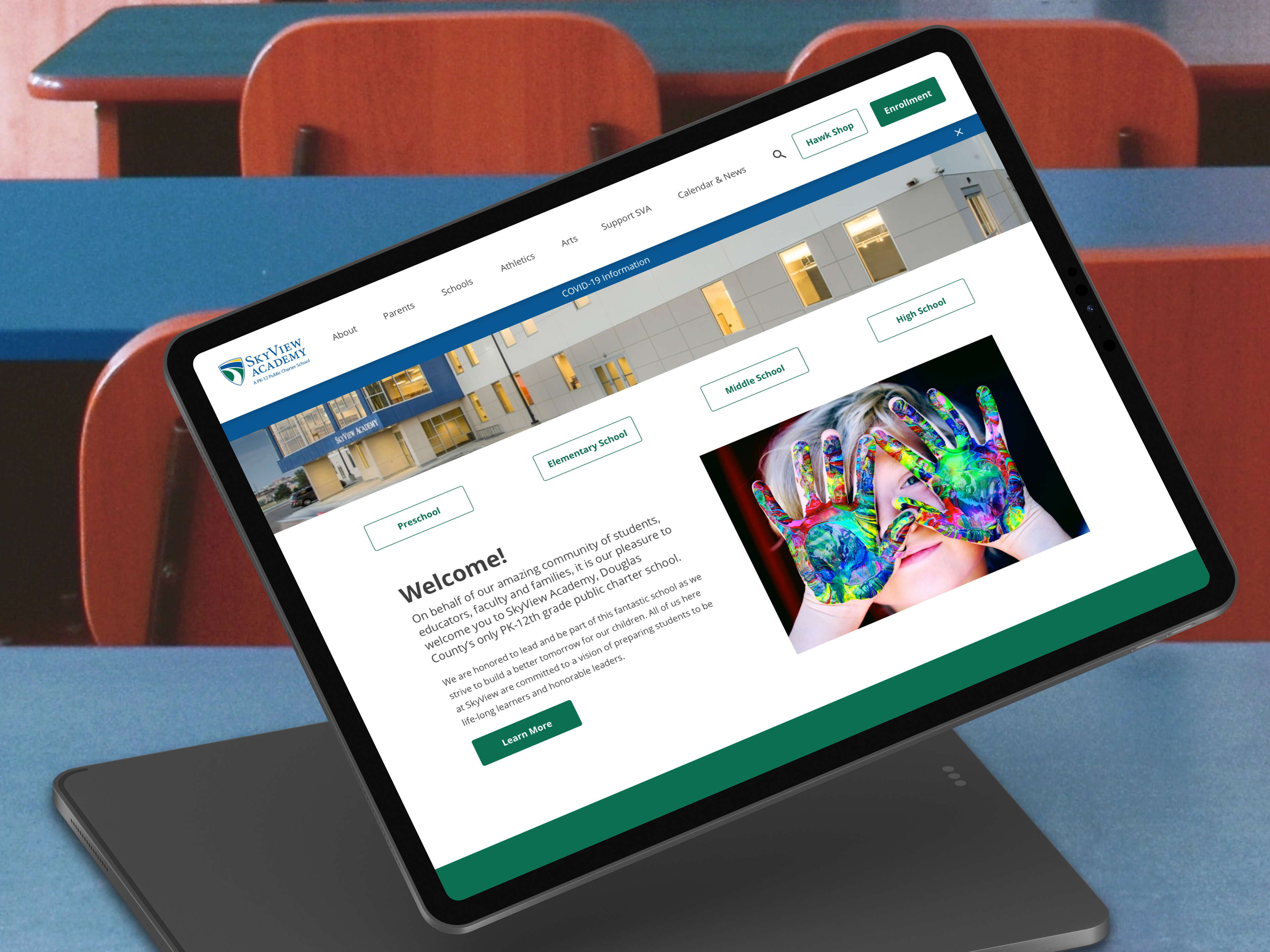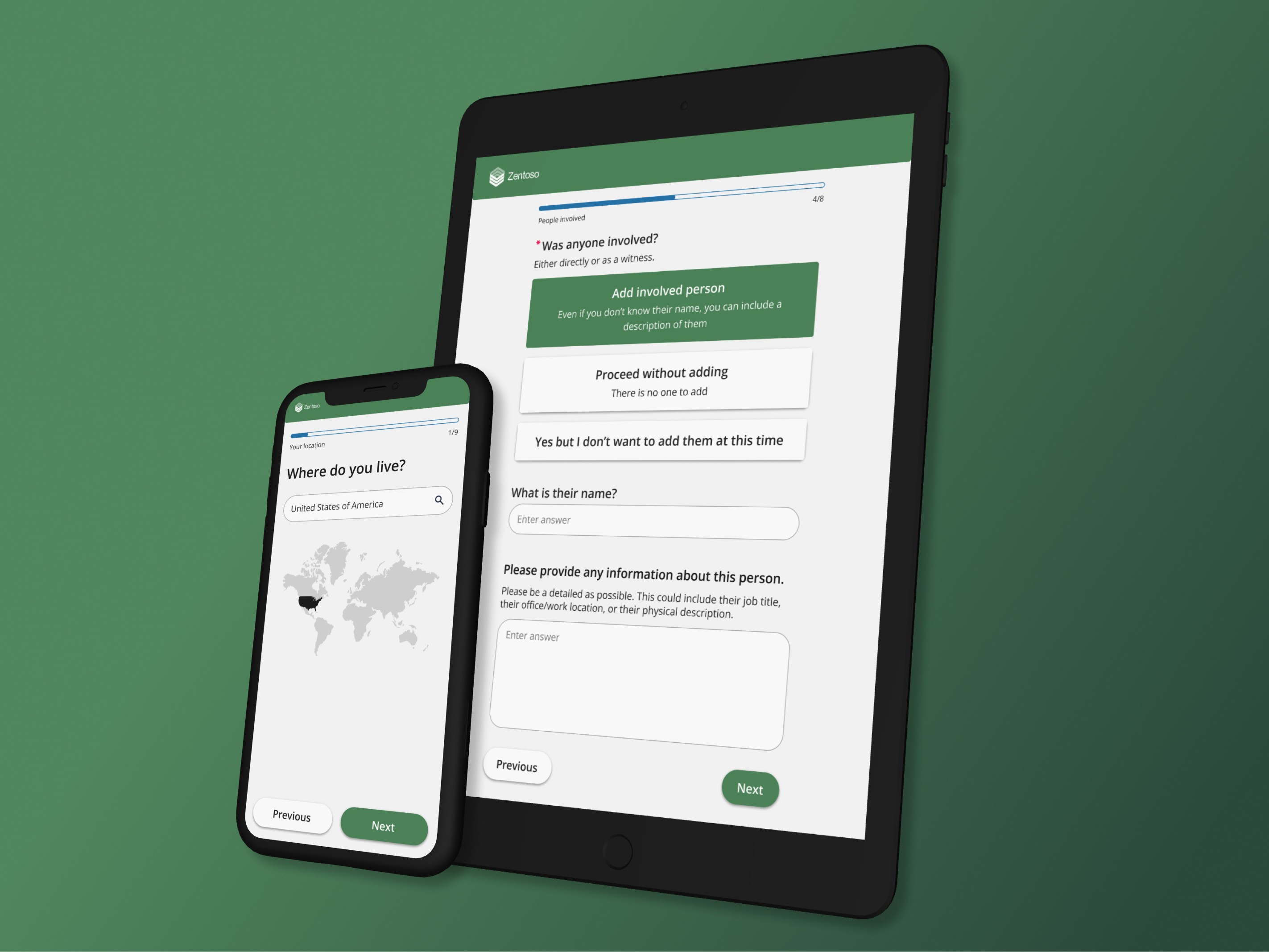ROLE
• UX Designer at OneTrust
• 3 months
• 2 UX Designers
• 1 UX Researcher
• 2 Product Managers
• 1 Front-End Engineering Lead
• 1 Back-End Engineering Lead
• B2B Web Application
• Figma
• Maze
On the original screens, users needed to click the bottom right arrows on the page to enter the view they needed to review (Left). Users were also presented with a redundant way to navigate the questions (Right).
- User interview participant
Working with PMs and Engineering, I went through each screen of the approval flow to understand the technical limitations, assumptions, and historical context before beginning research.
Recommendation: Make the platform more intuitive. Include tip modals and in-app guidance to inform and educate infrequent users. Edit the content so approvers only see what they need to.
Email notification clarity and actionability are lacking.
Recommendation: Rewrite the subject line to be concise and remove technical jargon. In addition, include the Disclosure ID (a key identifier that differentiates one disclosure from another).
Approvers waste time when attempting to learn more about the employee or the disclosure itself.
Recommendation: Add a section to the right of the questions and answers which includes additional details. This section should be configurable by the admins of each customer. Content may include human resources data, associated campaigns, related or past disclosures, and high-level analytics.
Approvers can be uncertain about what they need to do after they submit their review.
Recommendation: Navigate the approver to a configurable table view with all of the other disclosures they need to review, ranked by priority. Explore the possibilities and limitations of using AI to inform the approver on what is the most efficient action they should take next.
An updated email notification that relies on best practices in UX writing. It limits technical jargon and provides clear instructions and calls to action. It addresses the insight of the email notification lacking clarity.
A tip modal with multiple steps to help guide the approver when they enter the flow. They can choose not to show it every time they log in. It addresses the insight that users may not know what actions to take.
An updated approver view of a disclosure. It is a more condensed and efficient way of showing the responses. It also addresses the insight that approvers may need to locate more information before finishing their review.
A new table view the user is navigated to after finishing their review. It shows which disclosures still need their attention and which ones they have completed. It addresses the insight that an approver may not know what to do after submitting a review.
• I successfully overcame the major challenge of a delay in survey responses and scheduling availability with users
• Leveraging Product and Engineering relationships, this delay did not become a major blocker
Recognition from UX and Product leadership
• My research insights and understanding of user issues were communicated through numerous presentations
• My clear storytelling and research-backed recommendations were well-received and commended, exemplified in the quote below:
- John Langford, previous UX manager at OneTrust


